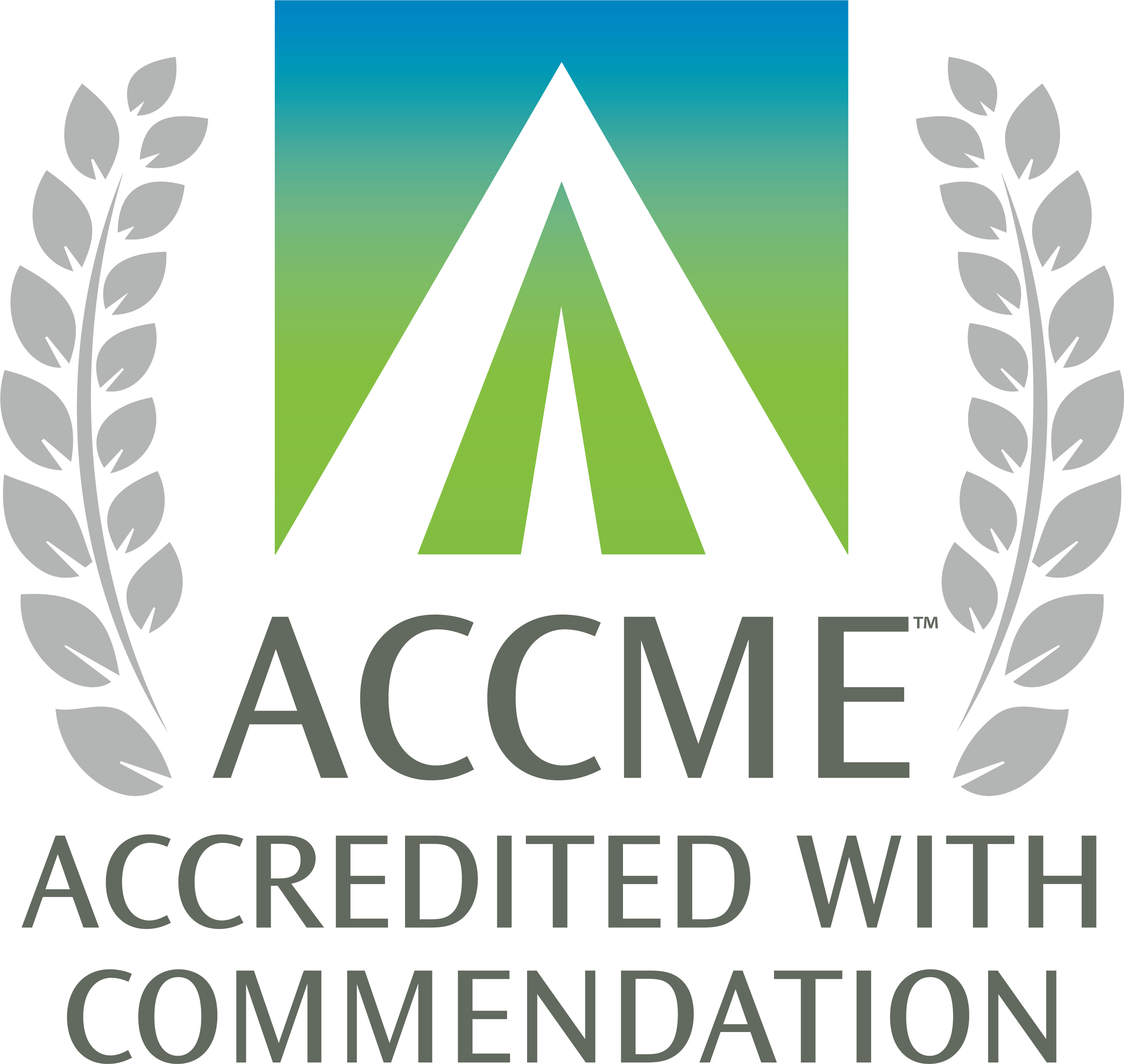Management of Acute Atrial Fibrillation and Atrial Flutter in Non-Pregnant Hospitalized Adults [2014 new]
To begin this activity, click Enroll. Once logged in, learners can access educational content, assessments, and evaluations. Learners who successfully complete the activity will be able to print a certificate.
Release Date:
Wed, 1/1/20
Termination Date:
Thu, 12/31/20
Credits:
1
Description:
Atrial fibrillation (AF) and atrial flutter (AFL) are the most common sustained arrhythmias in the U.S., affecting 2.5 million adults with the majority of patients over the age of 65. AF/AFL is associated with numerous comorbidities including hypertension, coronary artery disease, heart failure, and valvular heart disease. The cost of direct care of patients with AF in the U.S. is an estimated $6.65 billion annually, the majority of which is attributed to hospitalizations due to rapid ventricular response, heart failure, and stroke. There are over 150 admissions to the UMHS annually with the principle diagnosis of new-onset AF, and there are many more than that for recurrent or chronic atrial fibrillation.
Diagnosis
Electrocardiogram (ECG) is essential in the diagnosis of AF/AFL. The initial evaluation is summarized in Table 1 and should include:
Treatment
Initial treatment of AF/AFL depends on hemodynamic stability:
Unstable AF/AFL (Figure 1)
Stable AF/AFL (Figure 2):
Diagnosis
Electrocardiogram (ECG) is essential in the diagnosis of AF/AFL. The initial evaluation is summarized in Table 1 and should include:
- Physical exam
- Laboratory evaluation: CBC, basic metabolic profile, magnesium, thyroid-stimulating hormone, and cardiac enzymes as indicated
- Imaging: Chest X-ray, echocardiogram
- Continuous telemetry monitoring in the hospital
Treatment
Initial treatment of AF/AFL depends on hemodynamic stability:
Unstable AF/AFL (Figure 1)
- Begin resuscitation and consider other conditions contributing to instability
- If instability due to AF/AFL - immediate direct current cardioversion
Stable AF/AFL (Figure 2):
- For ED patients: Screen for early cardioversion in the Emergency Department (Figure 4)
- Administer rate controlling agents as indicated (Table 4) – [I, B]
- EP consult for uncontrolled rate despite adequate trial of rate controlling agents
- Consider the appropriateness of a rhythm control strategy (Table 3) – [I, B]
- If rhythm control strategy is appropriate/desired, consult EP and start immediate anticoagulation (Figure 3)
- Consider anticoagulation based on CHA2DS2-VASc score (Table 2, Figure 3) – [I, A].
- The choice of anticoagulant will depend on the patients clinical circumstances and renal function (Figure 3)
- Obtain Neurology consult prior to initiation of anticoagulation for patients with recent ischemic stroke within the prior two weeks
- Patients with valvular disease and those requiring concomitant treatment with dual antiplatelet therapy should be anticoagulated with warfarin
- Target-specific oral anticoagulants are preferred over warfarin in many cases
Educational Objectives:
Participants in this CME activity will understand and be able to implement evidence-based cost-effective clinical strategies for the diagnosis and treatment of atrial fibrillation (AF) and atrial flutter (AFL)in adult, non-pregnant patients.
Target Audience:
This self-study activity is appropriate for physicians in Emergency Medicine, Family Medicine, Cardiology, Internal Medicine, Neurology, Pharmacy, Radiology, and other health care providers participating in inpatient or ambulatory care of patients with suspected gallbladder related diseases.
Accreditation and Credit Designation:
The University of Michigan Medical School is accredited by the Accreditation Council for Continuing Medical Education (ACCME) to provide continuing medical education for physicians.
The University of Michigan Medical School designates this enduring material for a maximum of 1.0 AMA PRA Category 1 Credits™. Physicians should claim only the credit commensurate with the extent of their participation in the activity.
Original Release Date: April 2015
Termination Date: May 2021
Continued availability of CME credit for this activity depends on a thorough review of its content every three years. This activity was last reviewed for currency and accuracy in April 2018, and availability of CME credit continued.
The University of Michigan Medical School designates this enduring material for a maximum of 1.0 AMA PRA Category 1 Credits™. Physicians should claim only the credit commensurate with the extent of their participation in the activity.
Original Release Date: April 2015
Termination Date: May 2021
Continued availability of CME credit for this activity depends on a thorough review of its content every three years. This activity was last reviewed for currency and accuracy in April 2018, and availability of CME credit continued.
Additional Info:
Authors:
Jeffrey M. Rohde, MD; Internal Medicine
Thomas C. Crawford, MD; Cardiology
Sarah E. Hartley, MD; Internal Medicine
Sarah Hanigan, PharmD; Pharmacy Services
Jules Lin, MD; Thoracic Surgery
Lewis B. Morgenstern, MD; Neurology (Stroke)
F. Jacob Seagull, PhD; Medical Education
David M. Somand, MD; Emergency Medicine
David H. Wesorick, MD; Internal Medicine
Consultants:
James B. Froehlich, MD; Cardiology
Financial Disclosure Information:
There are no financial relationships to disclose for this CME activity.
Literature Search Services:
Taubman Medical Library
Jeffrey M. Rohde, MD; Internal Medicine
Thomas C. Crawford, MD; Cardiology
Sarah E. Hartley, MD; Internal Medicine
Sarah Hanigan, PharmD; Pharmacy Services
Jules Lin, MD; Thoracic Surgery
Lewis B. Morgenstern, MD; Neurology (Stroke)
F. Jacob Seagull, PhD; Medical Education
David M. Somand, MD; Emergency Medicine
David H. Wesorick, MD; Internal Medicine
Consultants:
James B. Froehlich, MD; Cardiology
Financial Disclosure Information:
There are no financial relationships to disclose for this CME activity.
Literature Search Services:
Taubman Medical Library
Credits available:
AMA PRA Category 1: 1.00
Participation: 1.00


